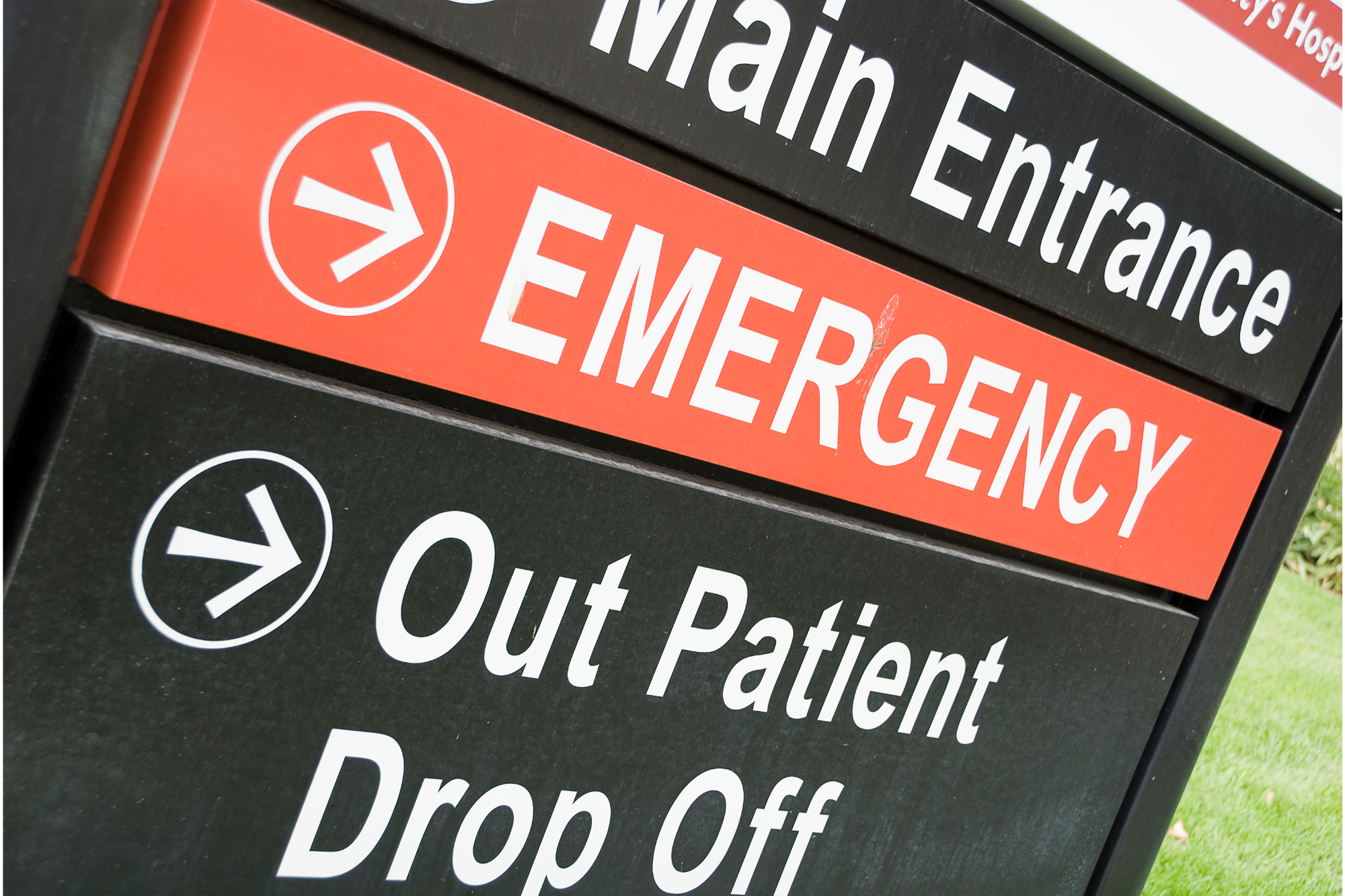It’s a common refrain we hear from nurses: “It’s like Covid never really left.” Though much of society seems to have moved on, the people at the frontlines are absolutely right: the pandemic is still very much with us.
In 2022, total excess mortality increased by 12% which translates into more than 20,200 excess deaths. Over half of these were due to COVID-19. In every sense of the word, the coronavirus disease continues to take its toll on our public health, ranking number eight for the burden of disease for specific diseases in 2022, exceeding conditions like depression, type 2 diabetes, and breast cancer.
Besides acute illness caused by the virus itself, COVID-19 is also having a residual impact on our healthcare systems. During the peak of the pandemic, many people delayed seeking care. Now many of them are presenting at emergency departments with advanced medical conditions that could have been avoided or better managed if they’d been detected earlier. Meanwhile, nurses, doctors, and paramedics are experiencing high levels of burnout and PTSD from the pandemic. All of this is contributing to prolonged emergency wait times which have been an issue since before the pandemic.
It’s not just hyperbole – wait times really are getting longer
Oftentimes, when people complain that they have been waiting “for hours”, it is for dramatic emphasis. But in Australian emergency departments, it has become an undeniable fact. Whichever way you measure things, the takeaway is the same: wait times are becoming longer. And longer. And longer.
Based on data from the Australian Institute of Health and Welfare, 72% of patients presenting at emergency departments were seen on time in 2017-2018. In 2021-2022, this had decreased to 67%. What’s considered “on time” varies between triage categories. A 10-minute wait is considered “on time” for emergencies while for non-urgent patients, a two-hour wait is still considered “on time”. Looking at concrete wait times, 90% of patients had been seen within 1 hour and 39 minutes from presenting in 2017-2018. By 2021-2022, this had stretched to 1 hour and 57 minutes.
As the wait times have increased, so has the total amount of time people actually spend in emergency departments. As all too many patients know, the initial wait to be seen is often just one part of a very long day or night spent at the ED. In 2021-2022, 90% of presentations were completed within 9 hours and 10 minutes, compared to 7 hours and 14 minutes in 2017-2018. That’s a nearly two-hour increase in just five years. The way things stand, many people are having to wait for a full day before being admitted to hospital.
Our current systems are failing to meet patients’ changing needs
There are many factors that contribute to the current crisis. Besides the lingering effects of COVID-19, our emergency departments are struggling with many of the same issues that are currently impacting our entire healthcare systems.
If we look at the state of our general practices, long wait times and challenges in finding doctors who still bulk bill are becoming increasingly common. While there are many contributing factors here as well, one key issue is the fact that our current fee-for-service system was setup decades ago and it’s now failing to meet patients’ changing needs. The funding model still assumes that most patients visit their GP to treat a straightforward issue – say a simple cut or a common infection. In reality, more and more patients are seeing their GP to detect, treat and manage complex health conditions.
Much in the same way, our emergency departments are still meeting the needs they were originally set up for, namely addressing the most acute, life-threatening emergencies. Statistics show that while the overall wait times have increased, emergency departments are still able to see 100% of resuscitation patients “on time” – i.e. immediately. However, things get more complicated when more and more patients show up at the ED with conditions that are serious but not an immediate case of life and death. As our population rapidly ages, an increasing number of people are navigating complex health issues, including chronic illnesses and multimorbidity. This change in demographics is also reflected in ED presentations with triage nurses now faced with the near-impossible task of deciding which of these complex conditions should be prioritised over others.
Mental health presentations are a prime example of how our current system is failing patients. During and after the pandemic, mental health issues have skyrocketed with more and more people seeking help in emergency departments. Currently, our emergency departments are not best positioned to handle acute mental health conditions. Data shows that mental health patients are more likely to wait longer; endure longer stays in the ED; and leave before treatment is completed, compared to patients with equally severe physical illnesses. This demonstrates how ill-equipped our current system is in meeting the changing needs of our patients.
We can no longer ignore the canary in the coal mine
Overwhelmed emergency departments are often described as the canary in the coal mine. People having to wait for hours on end to be seen; increased ambulance ramping; and patients turning to emergency departments as their only option for affordable care are all warning signs that point to deeper and wider issues in our healthcare systems. Investing in effective measures that’ll ease the flow of our emergency departments means investing in the future of our entire healthcare system.





